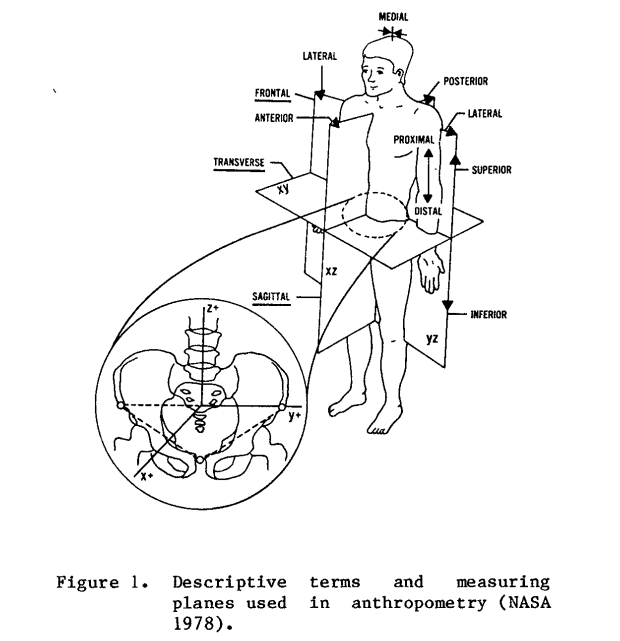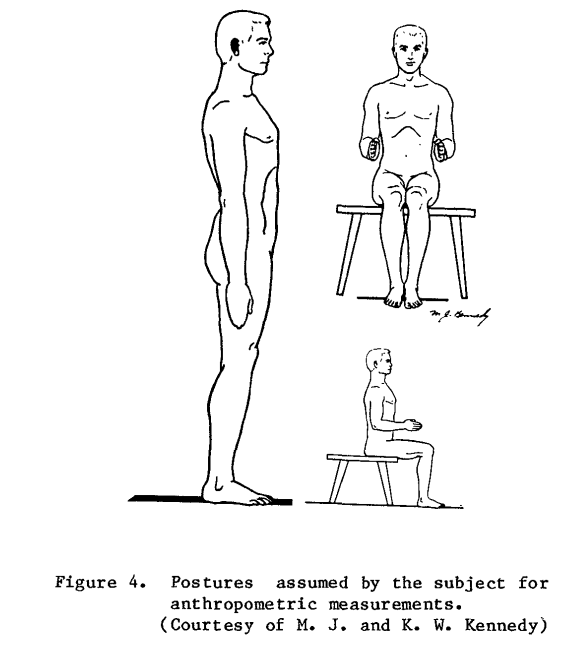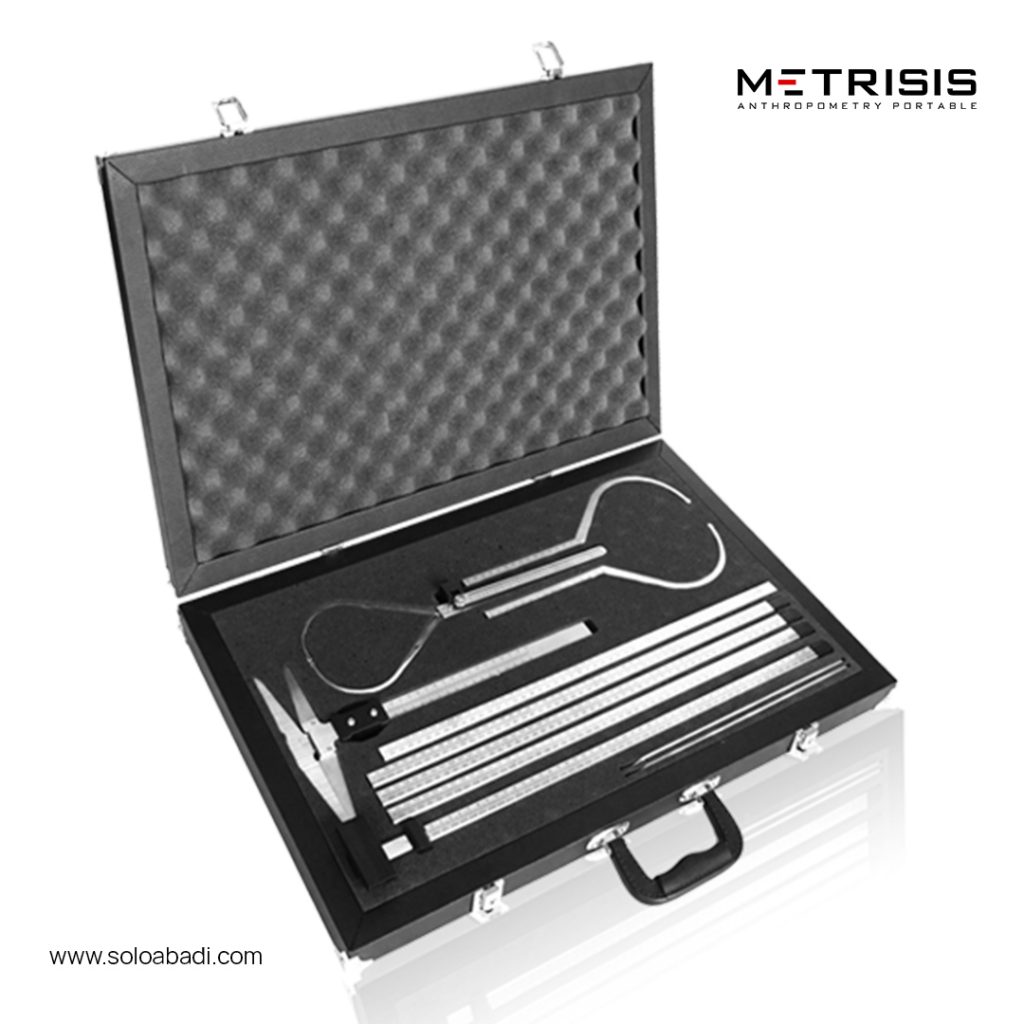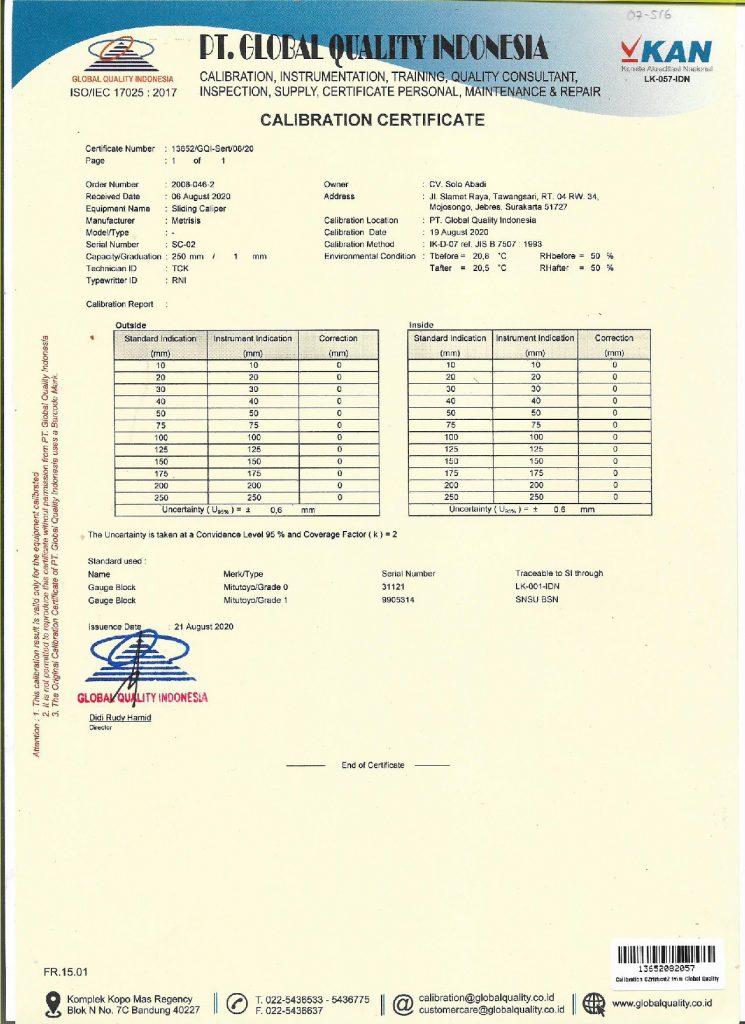Anthropometry and Biomechanics are two different scientific fields. But, in the application of biomechanics, anthropometric data is needed. This data is later needed to design spaces that tend to support human physical abilities. So that both are included in cross-sectional studies, where one of them cannot set standardization without consideration from the other. Therefore, before collecting anthropometric data for the sake of biomechanics, it is necessary to know the standardization of anthropometric measurements.
Anthropometry and Biomechanics Correlation
Basically, biomechanics is a combination of the scientific fields of mechanics, anthropometry and basic medical science, namely biology and physiology. Biomechanics discusses the workings and mechanisms of biological activity, especially muscles. It should be underlined that ‘how to work’ does not only refer to a measure of the power generated in performing a particular task, but also refers to the relationship between humans and their equipment. This is referred to as Occupacional Biomechanics.
Referring to Occipacional Biomechanics, studies to increase the ease of doing work and minimize the possibility of injury to a minimum are also involved. That is, the principle of ergonomics also plays a big role. Ergonomics is a study of the design of work stations, products or systems that are friendly to humans. To make it easier to build a common thread between the two, it is necessary to know the principles of Ergonomics and Biomechanics.
Four Basic Principles of Biomechanics, these principles are used to develop the ability to systematically observe human movement.
- Force Motion
- Range of Motion
- Inersia
- Force Time
Five Basic Principles of Ergonomics, these principles are used so that the work system can perfectly adapt to the work of the human body.
- Safety
- Comfort
- Ease of Use
- Productivity or Performance
- Aesthetics
To achieve a work space that is in accordance with the work system of the human body, Anthropometric data is needed.
Anthropometric Measurement Standards
Anthropometric measurements is important to quantify the size of the human body. Anthropometric measurements are usually carried out to determine weight, height, body mass index or Body Mass Index (BMI) and body circumference or body circumference. This data is needed to find out the nutritional value, for the medical world and play a very important role for technicians to build work spaces and systems, to tools that are suitable for the work of the human body (Biomechanics).
However, before taking anthropometric measurements, it is necessary to know the standardization of anthropometric measurements as follows:
1. Descriptive terminology that is often used in anthropometric measurements

2. Illustration of important anatomical landmarks from a sagittal view

3. Postured in Anthroprometric Assesment

Knowing this standard is important before using anthropometric measuring tools, especially Anthropometry Portable. The reason is, without knowing this standardization, the resulting data is feared to be invalid.
Portable Anthropometry With High Precision

Antropometri Portable Complete Set Series 
Large Spreading Caliper
PT. Solo Abadi Indonesia prioritizes the quality and level of precision of each Anthropometric tool. We are fully aware that the data generated in Anthropometric measurements has a major impact on the level of comfort and safety. Anthropometry Portable is the result of our research and development. This instrument can perform more than 100 measurements and can perfectly meet anthropometric measurement standards. This instrument has also passed the calibration test by an institution under the direct umbrella of the National Accreditation Committee (KAN). Here are the accompanying document :





